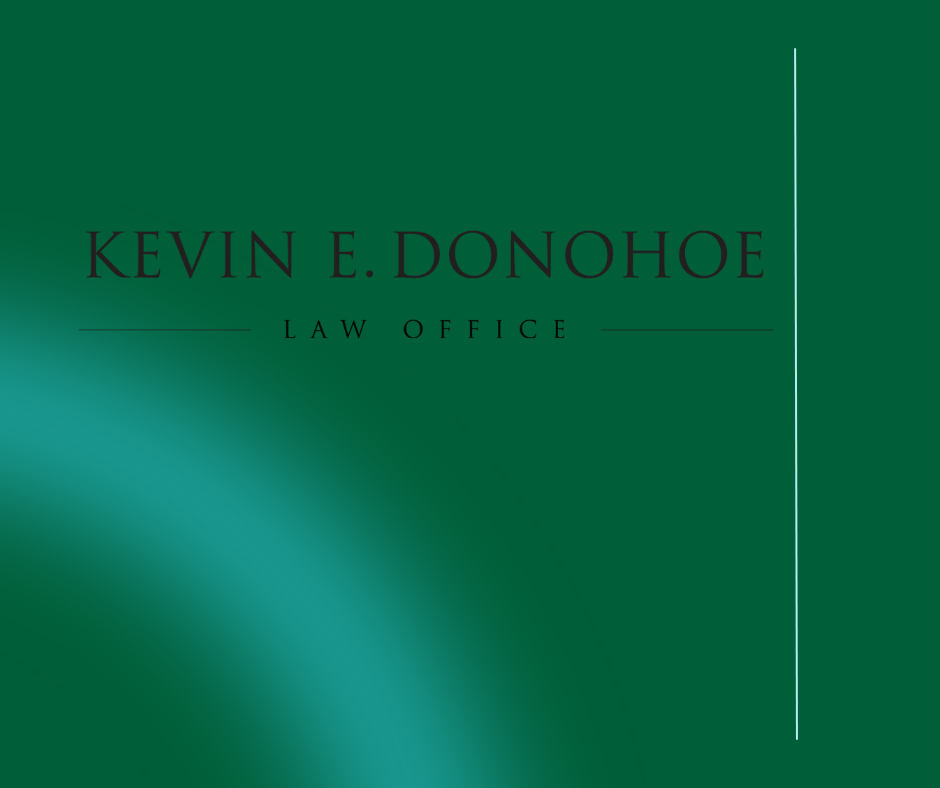Understanding Idaho’s Fault Based Insurance System and Its Impact on Personal Injury Cases
When it comes to car insurance, the state of Idaho operates under a fault-based system, often referred to as an “at-fault” or “tort” system, rather than a no-fault insurance system. This distinction is crucial for drivers to understand, particularly in the context of personal injury cases.
What is a Fault-Based System?
In a fault-based insurance system like Idaho’s, the driver who is found to be at fault for an accident is responsible for covering the damages resulting from the accident. These damages can include medical expenses, property damage, lost wages, and pain and suffering. The at-fault driver’s insurance company typically handles these payments.
How Does It Work?
When an accident occurs in Idaho, the following process generally unfolds:
- Determination of Fault: The insurance companies will investigate the accident to determine which driver was at fault. This may involve reviewing police reports, speaking with witnesses, and examining evidence from the scene.
- Claims Against the At-Fault Driver: Once fault is established, the injured parties can file claims against the at-fault driver’s insurance policy. This is where personal injury claims come into play, as those injured in the accident seek compensation for their losses.
- Settlement or Litigation: Often, the insurance companies will negotiate a settlement to cover the damages. If a fair settlement cannot be reached, the injured party may choose to file a lawsuit to pursue compensation through the court system.
Impact on Personal Injury Cases
The fault-based system in Idaho has several significant implications for personal injury cases:
Need for Clear Evidence of Fault
To secure compensation, the injured party must provide clear evidence that the other driver was at fault. This can be straightforward in some cases, but in others, it may require substantial investigation and legal expertise to establish liability.
Potential for Higher Compensation
Unlike no-fault systems, which often limit the types of damages that can be recovered, Idaho’s fault-based system allows injured parties to seek compensation for the full range of their losses. This includes not only economic damages like medical bills and lost wages but also non-economic damages such as pain and suffering.
Possibility of Shared Fault
Idaho follows a modified comparative negligence rule. This means that if an injured party is found to be partially at fault for the accident, their compensation will be reduced by their percentage of fault. If they are found to be 50% or more at fault, they may be barred from recovering any damages at all.
Role of Insurance Limits
In personal injury cases, the at-fault driver’s insurance policy limits play a critical role. If the damages exceed the policy limits, the injured party may need to seek additional compensation directly from the at-fault driver, which can be challenging if the driver has limited financial resources.
Potential for Lengthy Legal Processes
While many personal injury claims are settled out of court, some cases may require litigation, especially if there are disputes over fault or the extent of damages. This can lead to lengthy legal processes, adding stress and uncertainty for the injured party.
Understanding Idaho’s fault-based insurance system is essential for anyone involved in a car accident in the state. Unlike no-fault systems, Idaho’s approach allows for comprehensive recovery of damages but also requires clear evidence of fault and can involve complex legal processes. For those navigating personal injury claims, consulting with a knowledgeable attorney can be invaluable in ensuring fair compensation and effectively managing the legal intricacies involved.


